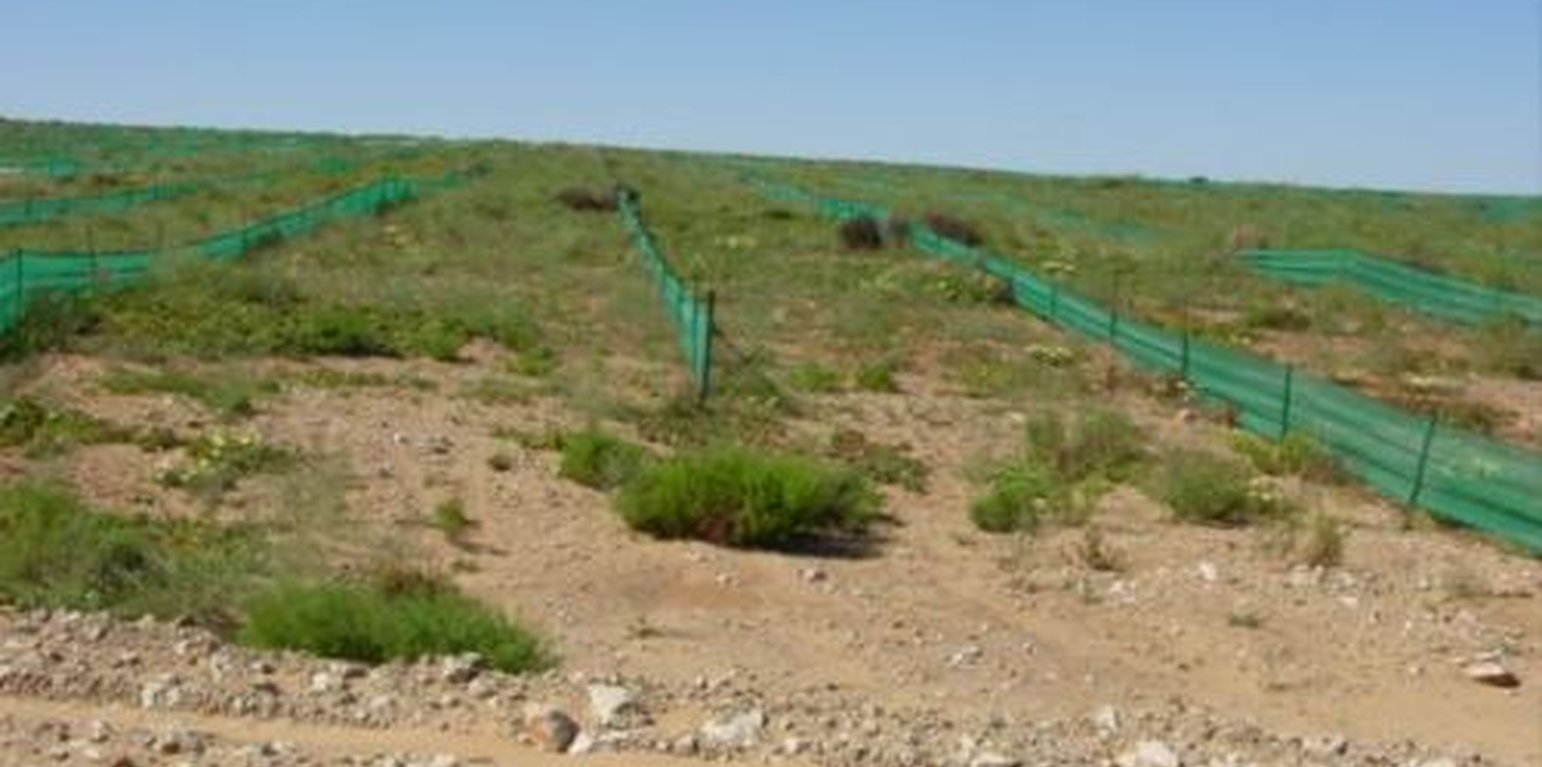



In contrast to the land degradation commonly caused when ‘strip mining’ is carried out, a land rehabilitation technology, which was first developed experimentally, is now routinely applied by mining companies on the west coast of South Africa. Indeed it is now a legal requirement in South Africa for mining companies to rehabilitate mined areas to a condition and productivity equivalent to the pre-mining situation.
The primary purpose of the technology described here is to achieve this result – thus allowing the site to be used again for extensive grazing by sheep and wild animals. Revegetation also reduces wind erosion. The technology further contributes to increasing biodiversity, as particular attention is given to planting a range of locally endemic and other indigenous species.
The sequence of operations is as follows: during strip mining operations the topsoil is pushed to one side by bulldozer, and stockpiled. The substrata is then excavated mechanically, removed by tipper truck, and processed to extract the heavy metals. The tailings (waste materials) are returned by tipper truck to the area from which they were mined, and then levelled by bulldozer. The stockpiled topsoil is returned and spread by bulldozer over the levelled tailings. Indigenous succulents and other plant species are dug out by hand, with a spade, from either the surrounding areas of natural vegetation, or from the piles of topsoil (where plants may have naturally established) and transplanted manually into the newly spread topsoil. The planted areas are protected from wind erosion by erecting fine mesh nylon netting as windbreaks. These are 0.8 metre high and 5 metres apart. The nets are usually installed for a period of up to 2-3 years. Subsequently they are removed, once the vegetation has successfully become re-established, and they may be re-used at the next rehabilitation site. Maintenance activities continue for a few years – until the site is rehabilitated. An individual mine strip is usually about 1 km long and some 100 m wide.
This form of strip mine rehabilitation has been in operation since 1990, and costs on average just over US$ 200 per hectare, with all expenses met by the mining company. This particular approach was developed for the Anglo-American subsidiary – ‘Namaqua Sands’. A similar approach was adopted by ‘PBGypsum Mines’ located further inland, where rehabilitation is also conducted on several hundreds hectares of mined land. Not all mining companies use the same technology, however.
Purpose of the Technology: Establishment activities:
Mining activities (not part of technology)
1.Removal and stock piling of topsoil
2.Excavation, removal and processing of substrata to extract heavy minerals
3.Return and levelling of the mine tailings
4.Return and spreading of topsoil Technology activities
5.Collection/digging up of indigenous plants
6.Transplanting into returned topsoil
7.Erection of fine mesh nylon net windbreaks Activities 1-4 are a continuous process associated with the speed of mining activities and involve the use of heavy earth moving machinery (bulldozers, front end loaders, tipper trucks). Activities 5&6 take place immediately prior to the onset of the rainy season and involve hand labour for collection and transplanting and tractor and trailer for transporting collected plants. Activity 7 can take place at any time of the year involving hand labour for erection of the nets and tractor and trailer for transport.
Maintenance / recurrent activities per year:
Maintenance activities restricted to:
1.Ensuring the nylon nets remain upright
2.Supplementary watering during the winter months, when rainfall inadequate, to support plant growth
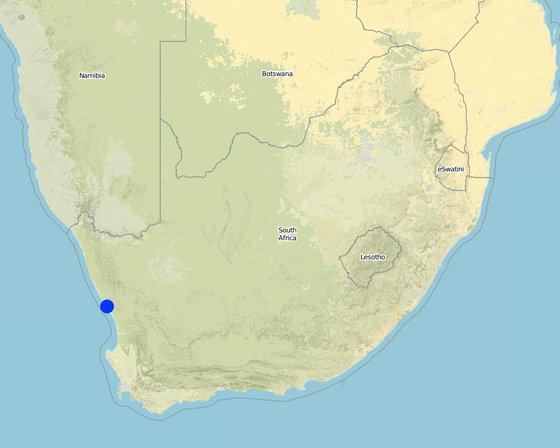
Lieu: Brand-se-Baai, Western Cape, Western Cape, Afrique du Sud
Nbr de sites de la Technologie analysés:
Diffusion de la Technologie: répartie uniformément sur une zone (approx. 1-10 km2)
Dans des zones protégées en permanence ?:
Date de mise en oeuvre: il y a moins de 10 ans (récemment)
Type d'introduction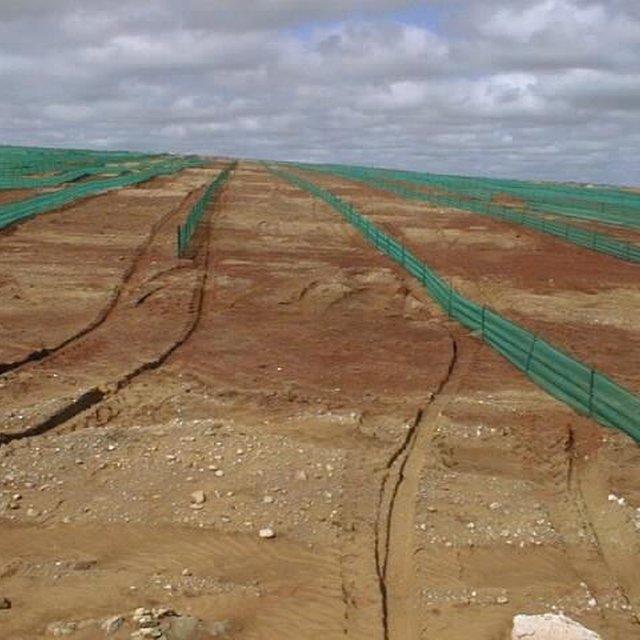
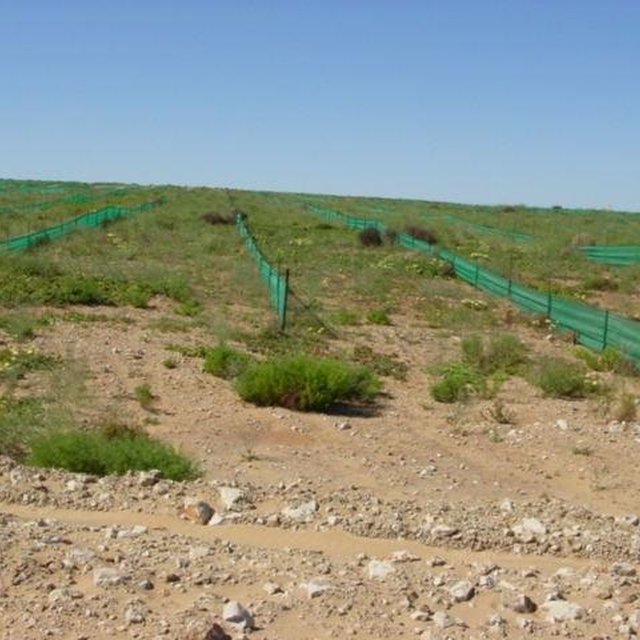

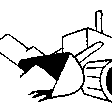






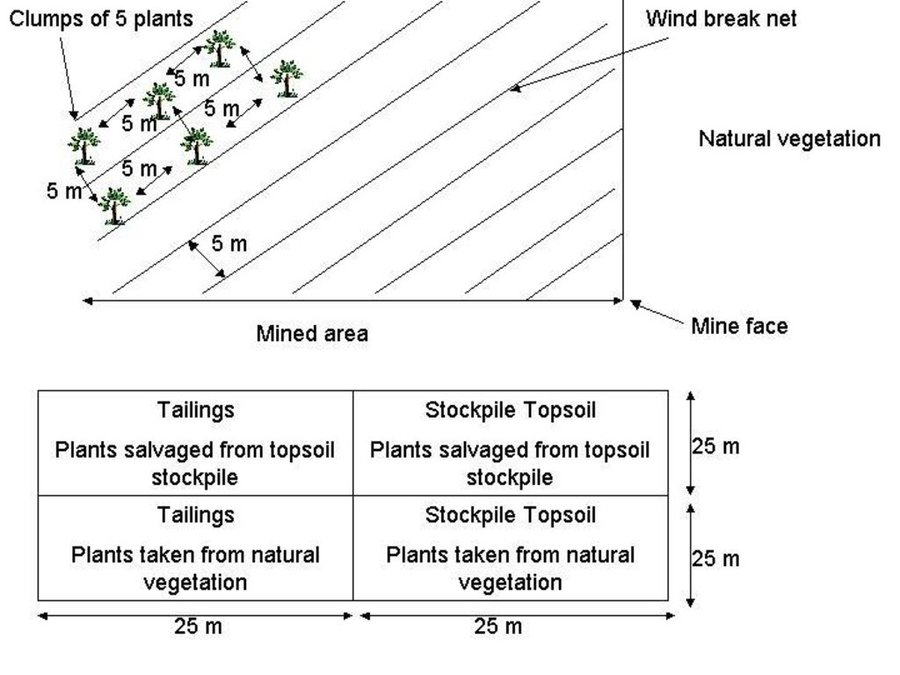
| Spécifiez les intrants | Unité | Quantité | Coûts par unité (Rand) | Coût total par intrant (Rand) | % des coût supporté par les exploitants des terres |
| Main d'œuvre | |||||
| Labour | hectare | 1,0 | 75,0 | 75,0 | 100,0 |
| Equipements | |||||
| Machine use | machine hours | 0,5 | 134,0 | 67,0 | 100,0 |
| Matériel végétal | |||||
| Seedlings | ha | 1,0 | 100,0 | ||
| Matériaux de construction | |||||
| Nylon net | ha | 1,0 | 70,0 | 70,0 | 100,0 |
| Coût total de mise en place de la Technologie | 212.0 | ||||
| Coût total de mise en place de la Technologie en dollars américains (USD) | 23.37 | ||||
| Spécifiez les intrants | Unité | Quantité | Coûts par unité (Rand) | Coût total par intrant (Rand) | % des coût supporté par les exploitants des terres |
| Main d'œuvre | |||||
| Labour | ha | 1,0 | 37,0 | 37,0 | |
| Coût total d'entretien de la Technologie | 37.0 | ||||
| Coût total d'entretien de la Technologie en dollars américains (USD) | 4.08 | ||||
vegetation, establishment
Land can be used again for extensive grazing after mining
improved conservation / erosion knowledge
restoration of bio-productive function
biodiversity enhancement
reduced wind velocity